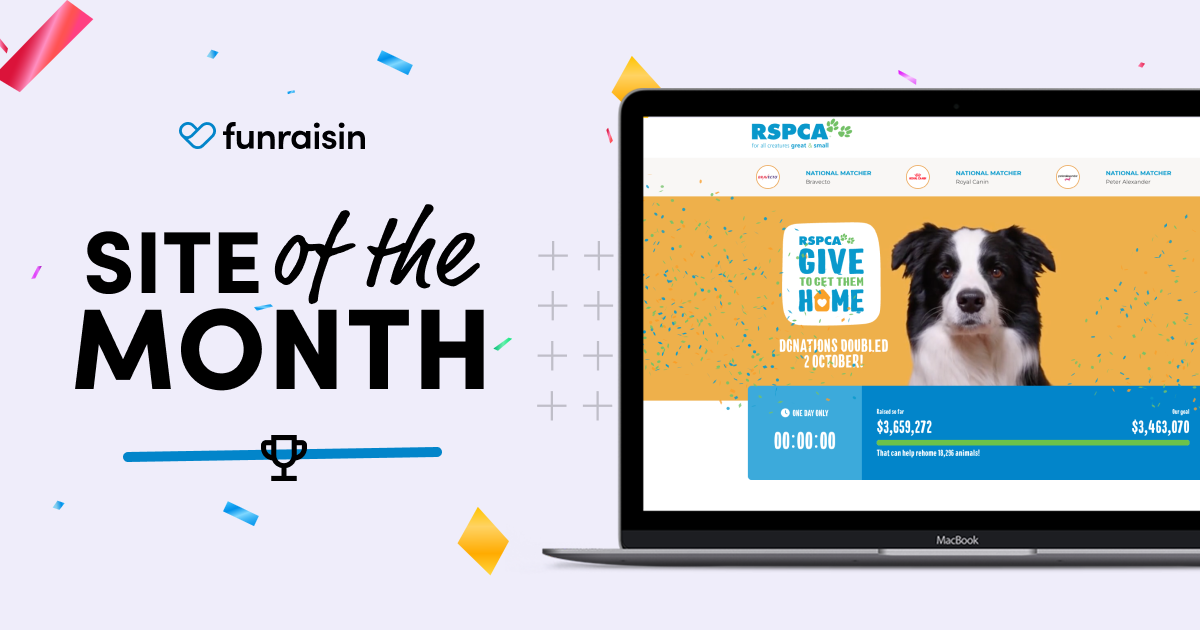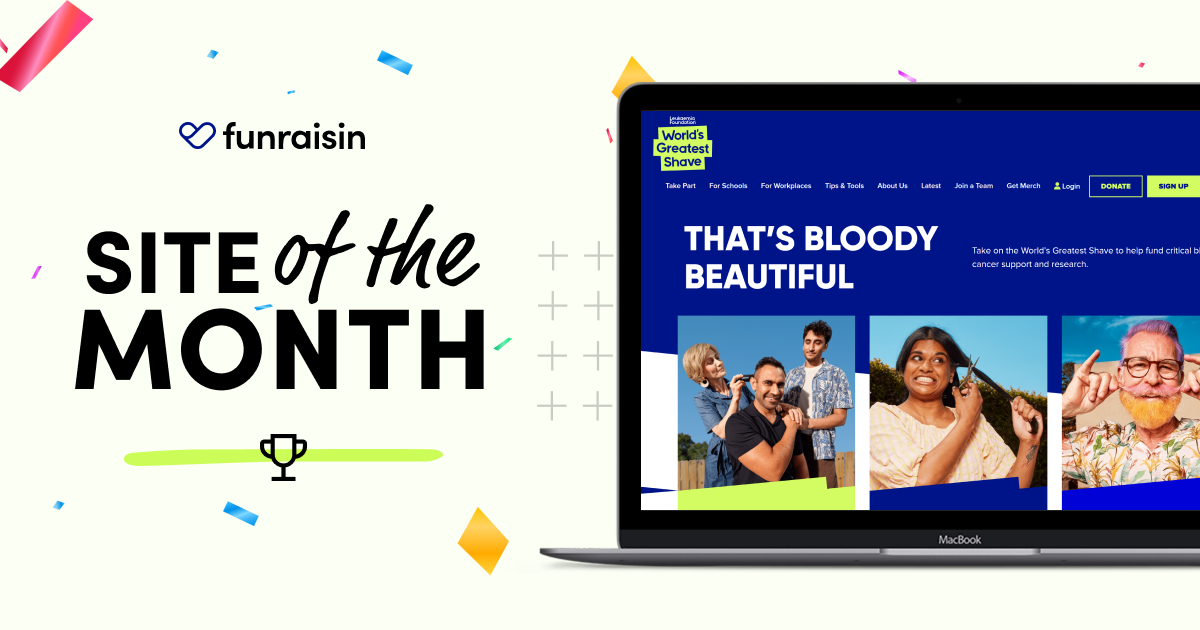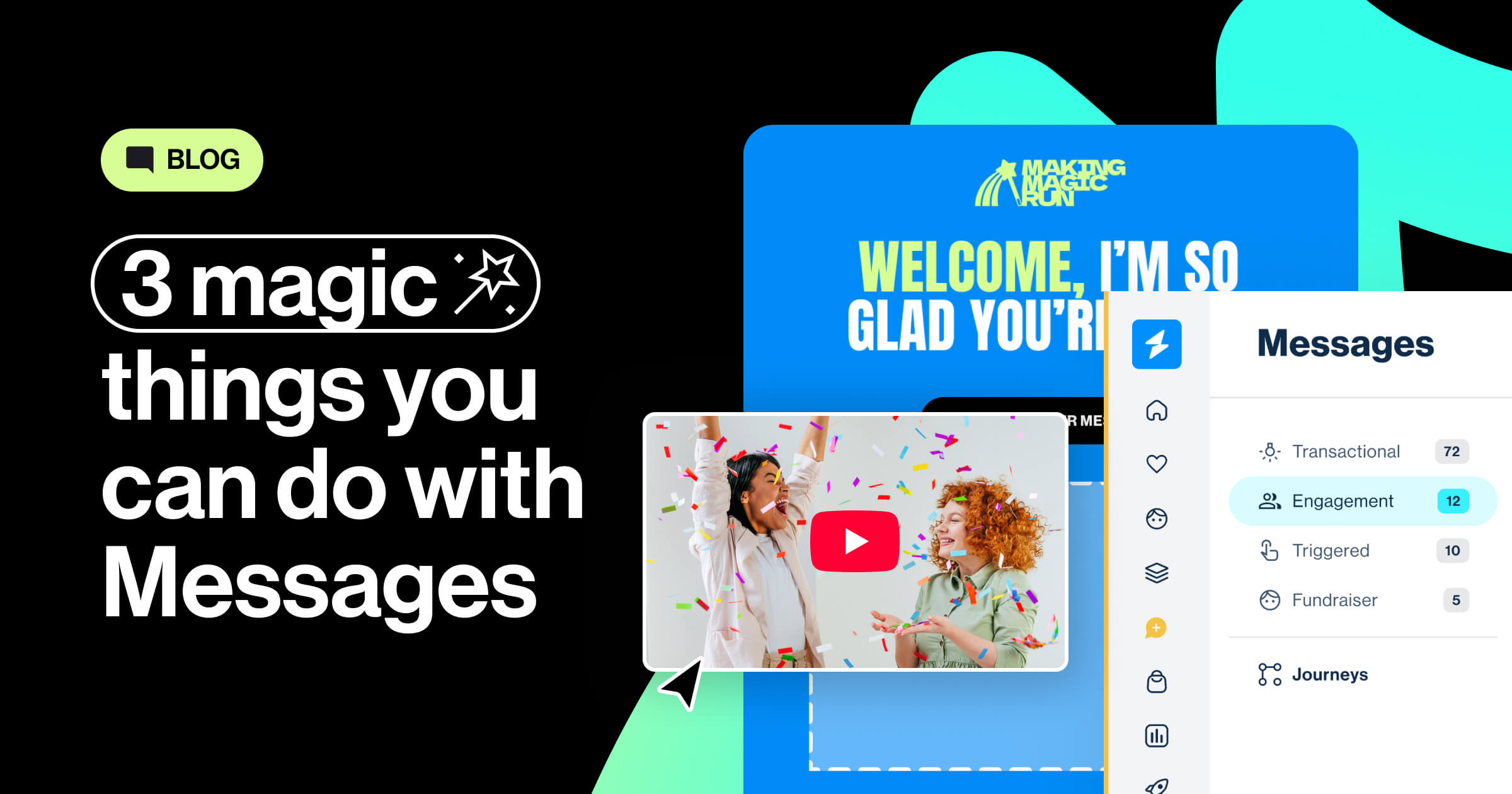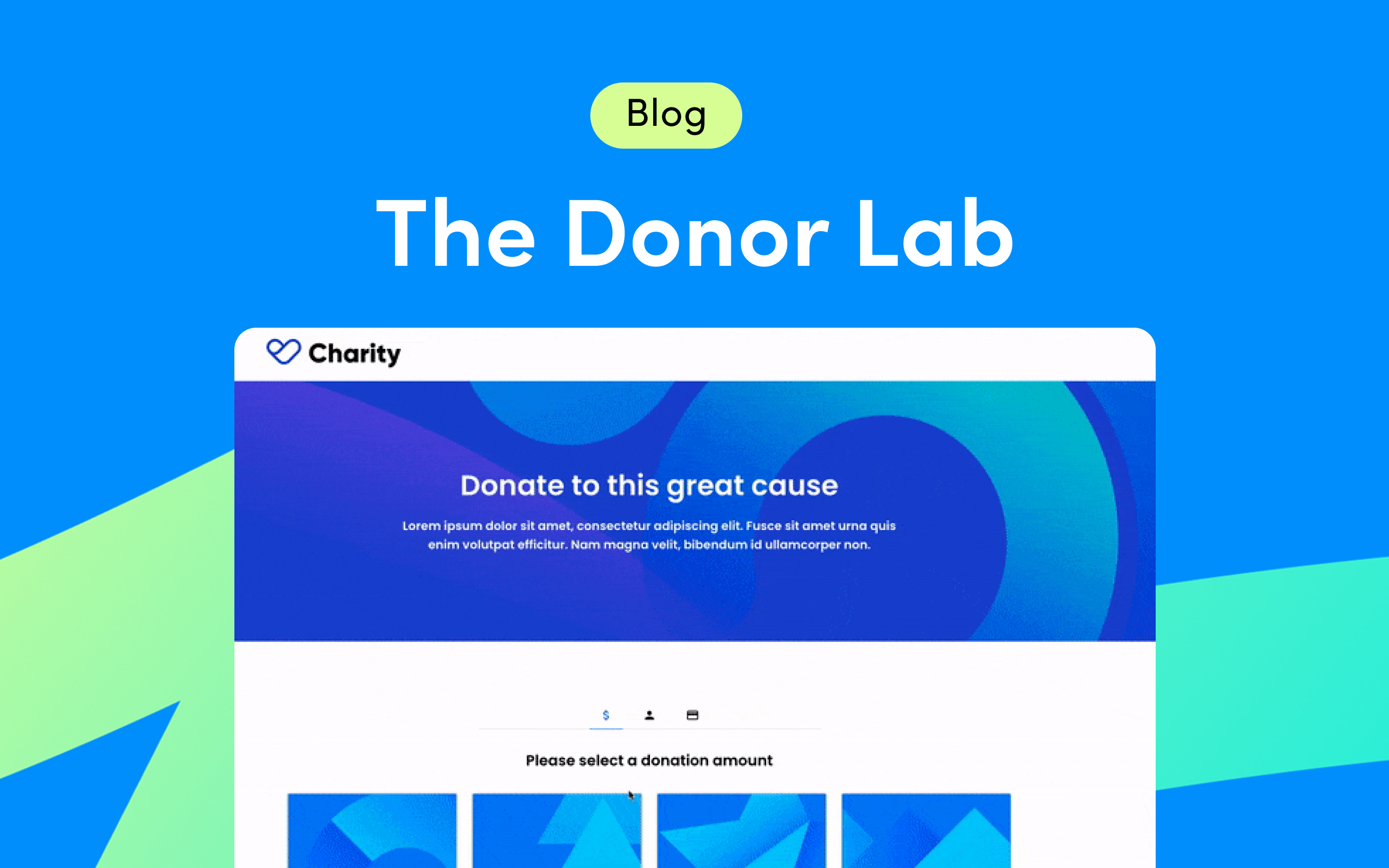It’s a question we ask ourselves a lot. Are we actually listening in the right way; looking at the right data; asking the right questions and keeping up with the emerging trends and world issues?
In 2020 £11.3 Billion was given to charities in the UK, an increase of 6.5% over 2019. The growth may seem like good news and it is, however it hides the fact that the number of people giving is decreasing, leaving those who give more plugging the gap.


Who is giving?
People over 65 continue to give more than any other age group, albeit less frequently than before. This presents us with the challenge of continuing to get the support of our core supporter groups as well as finding ways to connect the next generation of donors.

So, are you listening to your existing and potential supporters?
Do you know why your supporters are connected to your cause and how to connect with them in a way that reflects their interests and motivations?
Do you know how to connect with more donors, what your addressable supporters base size is and how you would build a connection to your cause?
What are the ways supporters are connecting with giving and why?
Firstly we can look at a few simple things.
Timing
What are the key times of the year when people are doing things and give more? Understanding this can help with forward planning as it's easier to maximise an existing behaviour than create a new one.
Need state
What events are happening in the world that will connect supporters to your cause?
Influencers
Who are influencers in specific cause areas? Utilising the networks of respected individuals and organisations can expand your reach and audience profile.
Data
What data insights would be useful to help you answer your burning questions? Understanding the data sources you have at your disposal will help you find the most relevant solutions to your problems.
If we look at some static data, the below illustration shows that direct & sponsored donations have been sustained at a fairly even level from 2019 through to 2021. The variances where there has been a decline in donations can possibly be attributed to the end and reintroduction of local COVID-19 restrictions.
The key takeaway from this is that you need a solid plan based on data and trends but should be prepared to maximise any ‘need state’ and change impacted by local, national and global incidents.

Another way to leverage insights is looking at a couple of data methodologies looking at the data tribe graph below. This is looking at tribes based on interests, people or organisers people follow, descriptive words they use to describe themselves, even news or politics they most care about, or causes and charities they generally are connected to.
Each dot you can see is a persona and the colour of the dot is the tribe they would fit into. The bigger the dot is the bigger the influence they have within this tribe. If we delved into this tribe more we could look to see what these tribes care about the most and where the tribe most lives whether on facebook, linkedin, tiktok etc.
These type of insights helps a charity get a better understanding of what their audience cares about to potentially build products and create content based on what people are most attracted and connected to. Another way to look at this data is a more dynamic view, such as what's happening live, such as the news and popular websites are being consumed by these tribes and personas, what key words and hashtags are they useing. This method of insights helps charities connect to people based on the changing world and need states.
This can solve a couple of big problems for charities, the first is the getting insights from their own data and the time that can take. The second is the data maybe old, may have limits of the tyes questions you can get answered.

This is further evidenced by a direct correlation between macro-economic events and the causes that people give to. Unsurprisingly during the COVID-19 pandemic, people were connected to supporting the healthcare sector. Keeping a close eye on the narrative of news and current affairs will help you identify opportunities where people will be more inclined to give generously.

There are many ways that someone can engage with your charity. Knowing how your audiences' interests can be categorised makes it easier to tailor supporter communications. The goal would be to understand how your supporters move across each category.
Direct Donor
Someone who donates to a specific campaign or appeal who may be looking to make an immediate impact.
Regular Donor
Someone who donates a set amount on a weekly, monthly or yearly basis who is likely committed to investing in the long term solutions that your cause wants to achieve.
Fundraisers
Someone who raises funds by taking part in events. Fundraisers can be motivated to take part in an event solely based on it’s reputation e.g London Marathon or because they’re connected to your cause community such as May 50k.
Legacy Donor
Someone who donates in-memory of someone else who was invested in your cause as part of a will or benevolence fund.
These are not exclusive to one another as ideally a supporter flows between them all. Our goal is to drive lifetime value and help our supporters achieve the impact they want to see.
Some of the methods to understand your audience better is conducting surveys, looking inside your existing first data, 3rd party platform insights, google analytics and tracking. There are more methods, however, the takeaways are not to just use one source and just your own data. Use additional fresh methods to get a fresher insight.
Highlight your supporters impact and value where It matters
As you can see, charities and nonprofits have both a challenge and opportunity. They typically have a diverse range of donors, each with their own giving motivation and donation preferences.
Whatever your their motivation is, and how they choose to support you, your supporters are your most valuable brand ambassadors.
So categorising your supporters into specific cohorts can help you focus your marketing efforts. If you’re not reciprocating their generosity by making them feel valued in a way that they will respond to, your supporters may be less inclined to continue their support and focus their efforts elsewhere.
Remember, a little extra stewardship can go a long way.

Always Make It Personal
We all want to feel valued and recognised. This is why charities and organisations craft personalised experiences for their participants and thanking their supporters. Simply being thanked for our time or rewarded for our achievements generates a feeling of acknowledgement and recognition that drives people to further engage with a cause.

There are different ways to build in ‘moments’ that continually make your supporters feel special, allowing them the option to easily share their success, reap rewards, and experience content specially designed for them.
These can be as simple as a badge or experience that gets triggered by a specific action: a collective target being hit, a milestone being achieved, a social share or buying 5 bricks.

Personalised Online Experiences
If your donors have a history of supporting you, you should consider using marketing tools such as PURLS. PURLS allow you to pull information from your database to automatically create customised donation, appeal, or event pages for individual supporters. The more supporters in your database, the more effective PURLS will be.

Creative Automated Emails
Customise email templates and inject them with your own unique personality. This will remind returning donors how much you appreciate them and delight new supporters as they meet you for the first time.
Layering Your Donations
There are many layers to driving donations, with some being more subtle or more direct than others. Whichever path you choose to take, there always needs to be a personal connection that hooks your audience and shows them the direct impact they are making, or recognition of other achievements. The more connected the experience - the more money you are likely to raise.
However, delivering engaging experiences will only get you so far. Ensuring your donation flows are optimised will have a significant influence on your ability to nudge supporters into specific pathways. For example, having a monthly gift set as a default option for a specific campaign and allowing a gift to be given for a specific time period post campaign.

Make it easy and make it rewarding
Cash donations have pretty much gone with most people now giving digitally. These methods are advancing and so are the expectations of your supporters. How are you using digital solutions to connect and optimise online & offline experiences?

If you’re not providing every opportunity available for your supporters to donate to you their way - as easily as possible - you’re leaving money on the table. Harnessing the power of social giving through Facebook fundraising or funnelling the entire donation flow with a single QR code will help avoid conversion friction and uplift in donations. Put simply, adopting a user and mobile first approach you can place the opportunity to donate in the palm of a supporter’s hand. By doing 99% of the work for them, all they have to do to make a difference is press a button.
Lastly, let The Data do the Talking
If you’re seeing low engagement rates, there may be something simple missing from your site; it’s amazing the difference little things can make. If you see that certain acquisition stages are failing, consider this a way your supporters are making their opinion heard. This silent feedback should be a top priority for nonprofit decision makers, as it is often far more valuable than sparkling testimonials.
There are tools available to help you identify where the cracks may be appearing. Setting up a focused Google Analytics dashboard will highlight the good and bad areas of your site and our Conversion Calculator lets you review your entire acquisition funnel and which changes will create the highest value return.
Graphs & stats source: https://www.cafonline.org/docs/default-source/about-us-research/uk_giving_report_2021.pdf

Funraisin, UK team.
Keith's career in technology, has mostly been focused on his passion and obsession to connecting people with experiences and impact that matter, and has lead some of the largest social giving platforms, event registration platforms the world has seen. He now focuses his time supporting and leading the next generation platforms for giving








